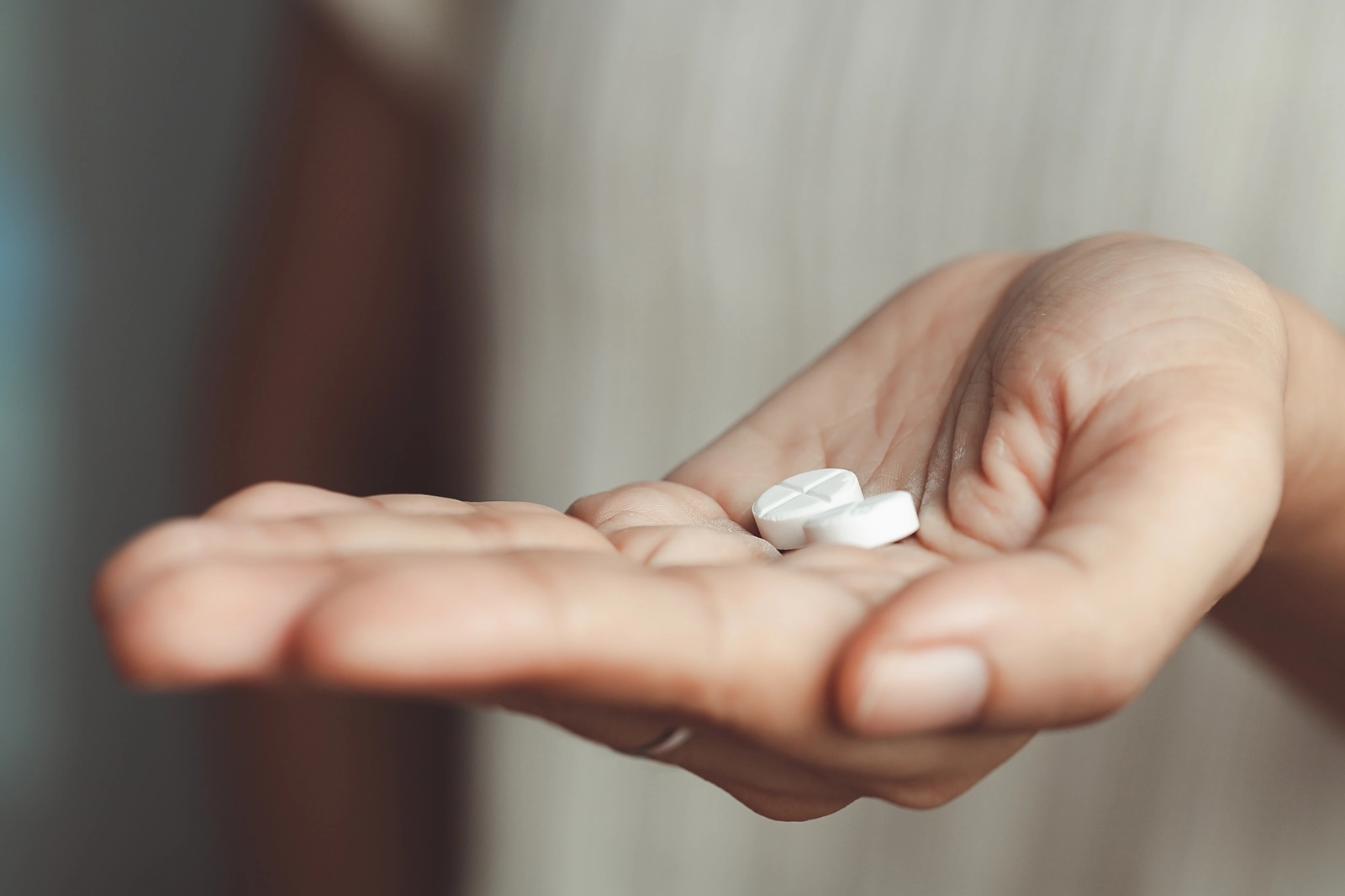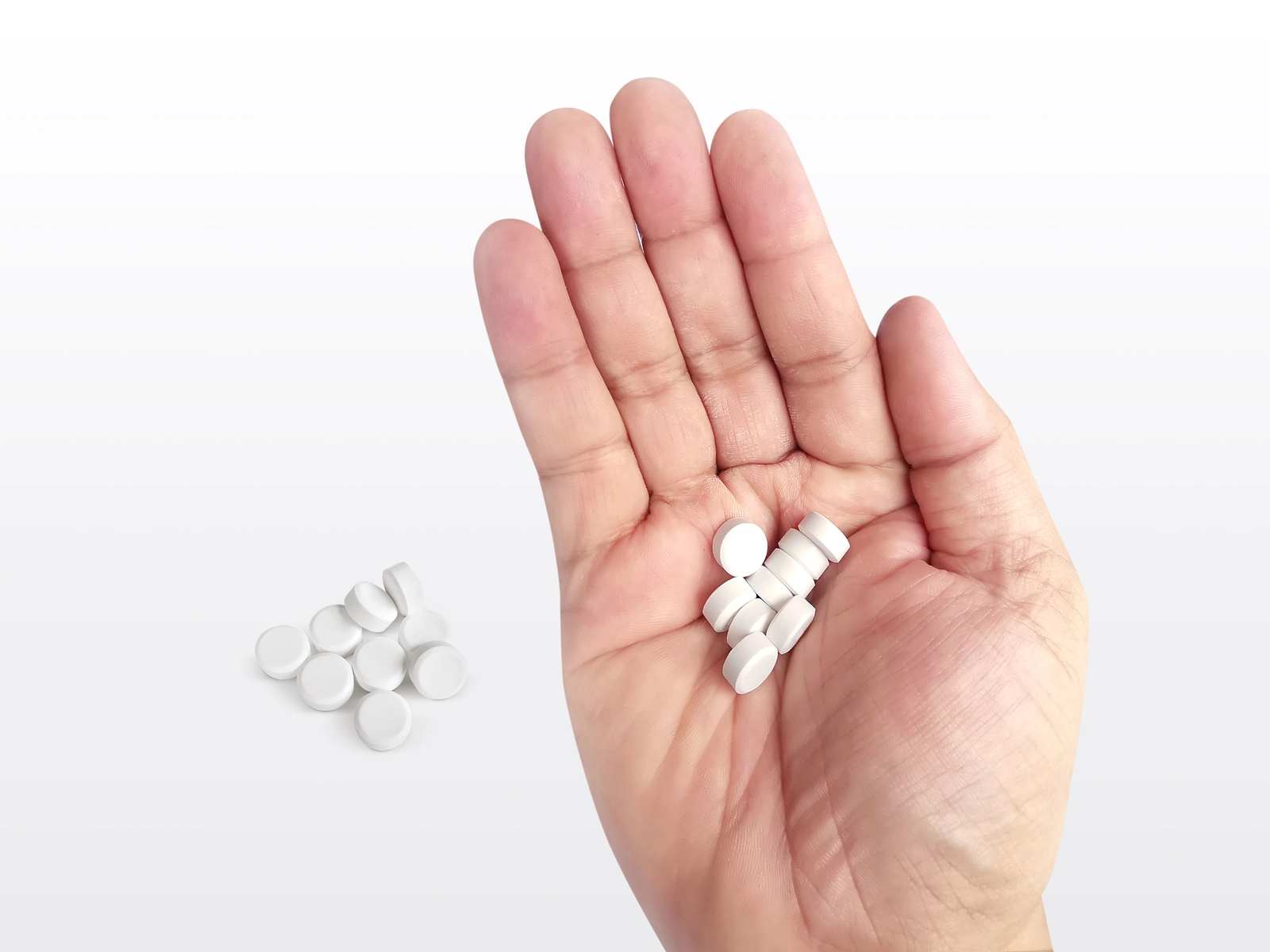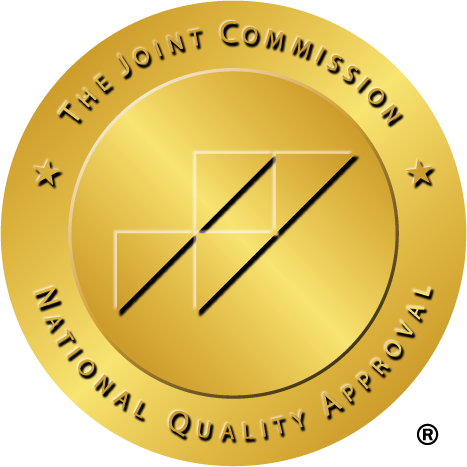Table of Contents
Key Points
- Trazodone is a serotonin modulator used for depression, anxiety, and insomnia, with typical doses ranging from 25 to 300 milligrams daily.
- Overdose risk increases significantly above 600 milligrams or when combined with other substances like alcohol or central nervous system depressants.
- Primary overdose symptoms include extreme drowsiness, irregular heartbeat, breathing problems, confusion, and dangerous changes in blood pressure.
- Emergency response requires immediate medical attention, including calling 911, monitoring vital signs, and preserving evidence for medical personnel.
- Hospital treatment involves stabilization with activated charcoal, supportive care, continuous monitoring, and follow-up care for ongoing medication management.
Trazodone, a prescription antidepressant and sleep medication, regulates serotonin levels in the brain. The drug’s effects can vary significantly between people based on factors like body weight, metabolism, and other medications being taken. Doctors prescribe specific dosages tailored to each person’s needs, considering both the therapeutic benefits and potential risks. Trazodone can be particularly dangerous when combined with other central nervous system depressants or medications that affect serotonin levels.
What is Trazodone?
Trazodone belongs to a class of medications called serotonin modulators, which regulate brain chemistry to improve mood and sleep patterns.[1] Originally developed as an antidepressant in the 1960s, trazodone now serves as a treatment for multiple conditions, including major depressive disorder, anxiety, and insomnia. The medication works by increasing serotonin availability in the brain while also blocking specific serotonin receptors, creating its unique therapeutic profile.
Healthcare teams often prescribe trazodone at lower doses for sleep and higher doses for depression.[2] The medication comes in various forms, including immediate-release and extended-release tablets. Unlike many other sleep medications, trazodone carries a lower risk of physical dependence and has shown effectiveness in supporting consistent sleep patterns over time.
What’s a Typical Dose of Trazodone?
Trazodone dosages vary significantly based on the condition being treated and individual patient factors.[3] For insomnia, doctors typically start with lower doses of 25 to 100 milligrams taken shortly before bedtime. When prescribed for depression, initial doses often begin at 150 milligrams per day, divided into multiple doses, and may gradually increase to 300 milligrams daily.
The medication schedule depends on the specific formulation prescribed. Immediate-release tablets might be taken multiple times throughout the day, while extended-release versions are usually taken once daily.[4] When determining the optimal dosage, physicians carefully consider factors such as age, weight, other medications, and overall health status. Like any psychiatric medication, trazodone requires careful dosage adjustment under medical supervision to find the most effective and safe amount for each person.
Can You Overdose on Trazodone?
Yes, trazodone overdose is possible and requires immediate medical attention. The severity of overdose reactions varies based on several factors, including the amount ingested, whether other substances were involved, and the person’s underlying health conditions. What might cause mild symptoms in one person could trigger severe complications in another.
Signs of trazodone overdose can include extreme drowsiness, irregular heartbeat, chest pain, breathing problems, confusion, vomiting, and dangerous changes in blood pressure.[5] The risk of severe complications increases significantly when trazodone is combined with alcohol, other antidepressants, or medications that depress the central nervous system. If an overdose is suspected, emergency medical care should be sought immediately, as prompt treatment significantly improves outcomes.
How Much Trazodone is Too Much?

The margin between a therapeutic dose and a potentially dangerous amount can narrow significantly when other factors come into play. Mixing trazodone with alcohol, benzodiazepines, opioids, or other central nervous system depressants drastically lowers the threshold for overdose. Age, liver function, kidney health, and other medications can also affect how much trazodone the body can safely process.
What Are the Primary Symptoms of a Trazodone Overdose?
A trazodone overdose can produce a range of symptoms that vary in severity depending on the amount taken and individual factors. These symptoms typically begin within a few hours of ingestion and require immediate medical attention:[7]
- Extreme drowsiness and sedation: People may experience overwhelming sleepiness and difficulty staying conscious.
- Cardiovascular problems: Irregular heartbeat, rapid heart rate, chest pain, and dangerous changes in blood pressure can occur.
- Neurological effects: Seizures, confusion, difficulty walking, and impaired coordination may develop.
- Breathing difficulties: Shallow breathing, labored breathing, or respiratory depression can become life-threatening.
- Digestive issues: Severe nausea, vomiting, and stomach pain often occur during overdose.
- Vision changes: Blurred vision, dilated pupils, and difficulty focusing typically present as early symptoms.
- Mental status changes: Agitation, anxiety, disorientation, and in severe cases, hallucinations may occur.
What To Do In Case of a Trazodone Overdose
A suspected trazodone overdose requires emergency medical care:
- Call emergency services immediately: Dial 911 or your local emergency number – do not wait to see if symptoms improve.
- Gather important information: Collect the medication bottle and any other substances taken, and note the approximate time and amount ingested.
- Keep the person awake if possible: Gently try to keep them conscious and responsive while waiting for help.
- Monitor vital signs: Check breathing and pulse, and be prepared to start CPR if needed and if you are trained.
- Position them safely: If conscious, have them sit or lie in the recovery position to prevent choking if vomiting occurs.
- Never induce vomiting: Wait for emergency personnel to determine the appropriate treatment method.
- Preserve any evidence: Save any pills, containers, or other substances for medical personnel to examine.
- Stay with the person: Remain present to observe any changes in condition and provide this information to emergency responders.
How is Trazodone Overdose Treated?
Emergency medical teams respond to trazodone overdose through careful evaluation and targeted treatment approaches. The immediate priority involves stabilizing vital signs and managing life-threatening symptoms. Doctors closely monitor heart rhythm, blood pressure, breathing rate, and body temperature throughout treatment.
Hospital treatment often begins with activated charcoal if the overdose occurred recently, helping prevent further absorption of the medication.[8] Medical staff provide supportive care, including IV fluids, oxygen support if needed, and continuous cardiac monitoring. Blood tests track trazodone levels and assess organ function, while doctors treat specific symptoms as they arise. In severe cases, additional interventions such as breathing support or medications to address irregular heart rhythms may be necessary.
Recovery time varies based on factors like the amount ingested, how quickly treatment began, and whether other substances were involved. After stabilization, healthcare providers often recommend follow-up care and may adjust future medication plans to prevent similar incidents. Mental health support and medication management become important components of ongoing care.
Prescription Drug Safety
Safely managing prescription medications involves understanding proper dosing, potential interactions, and individual risk factors. Every medication, including commonly prescribed drugs, carries specific guidelines for use that healthcare providers carefully consider when developing treatment plans. Many drugs may also include the possibility of developing dependence. If dependence develops, an addiction treatment program may be recommended.
Proper storage in secure locations, away from children and others who shouldn’t access them, remains crucial for preventing accidental ingestion. Patients should maintain clear communication with their healthcare team about all medications they take, including over-the-counter drugs and supplements, as these can interact with prescriptions in dangerous ways.
Frequently Asked Questions
Below are some of the most frequently asked questions regarding trazodone overdose
Sources
[1] Trazodone (Oral Route) Description and Brand Names – Mayo Clinic. (n.d.). Www.mayoclinic.org. https://www.mayoclinic.org/drugs-supplements/trazodone-oral-route/description/drg-20061280 on January 23, 2025
[2] Shin, J. J., & Saadabadi, A. (2022). Trazodone. PubMed; StatPearls Publishing. https://www.ncbi.nlm.nih.gov/books/NBK470560/ on January 23, 2025
[3] Shin, J. J., & Saadabadi, A. (2024, February 29). Trazodone. StatPearls – NCBI Bookshelf. https://www.ncbi.nlm.nih.gov/books/NBK470560/ on January 25, 2025
[4] Shin, J. J., & Saadabadi, A. (2022). Trazodone. PubMed; StatPearls Publishing. https://www.ncbi.nlm.nih.gov/books/NBK470560/ on January 23, 2025
[5] Trazodone hydrochloride overdose Information | Mount Sinai – New York. (n.d.). Mount Sinai Health System. https://www.mountsinai.org/health-library/poison/trazodone-hydrochloride-overdose on January 25, 2025
[6] Trazodone – FDA prescribing information, side effects and uses. (n.d.). Drugs.com. https://www.drugs.com/pro/trazodone.html on January 23, 2025
[7] Trazodone hydrochloride overdose Information | Mount Sinai – New York. (n.d.). Mount Sinai Health System. https://www.mountsinai.org/health-library/poison/trazodone-hydrochloride-overdose on January 25, 2025
[8] Taylor, R., Burg, J., & Mullen, J. (2020). A Case of Trazodone Overdose Successfully Rescued With Lipid Emulsion Therapy. Cureus. https://pmc.ncbi.nlm.nih.gov/articles/PMC7652018/ on January 23, 2025
New Waters Recovery Editorial GUIDELINES
At New Waters Recovery, we take your health and wellness seriously. We have a thorough process in place to ensure the integrity of information that is displayed on our website. All content published to our site undergoes a rigorous medical review by a doctorate level clinician to ensure medical accuracy. Read More About Our Process





